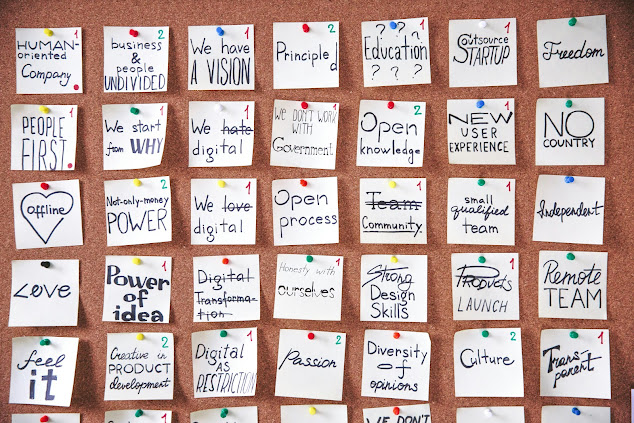(W11) International access - Local boundary
One of this week's discussion topics is to question if we are truly international thanks to worldwide accessible information and translation tools. I would like to contemplate further on this topic. Most folks replied that No, we are not, which I strongly resonate with. My reasons are a bit different. The limitation and imperfection of technology such as translation tools and algorithm are noticeable. However, I think the striking factor lies in the mindset and intention of users. If users are keen on exploring various news and perspectives from other parts of the world, they will find ways to do that. Otherwise, even with unlimited access and perfect tools, they don't care to connect and learn beyond their borders. The implication for education, I think, is to motivate the Why of using social media or tools to access worldwide information, ideas and perspectives. Motivation can't be instructed, but can be experienced through real-life int...


